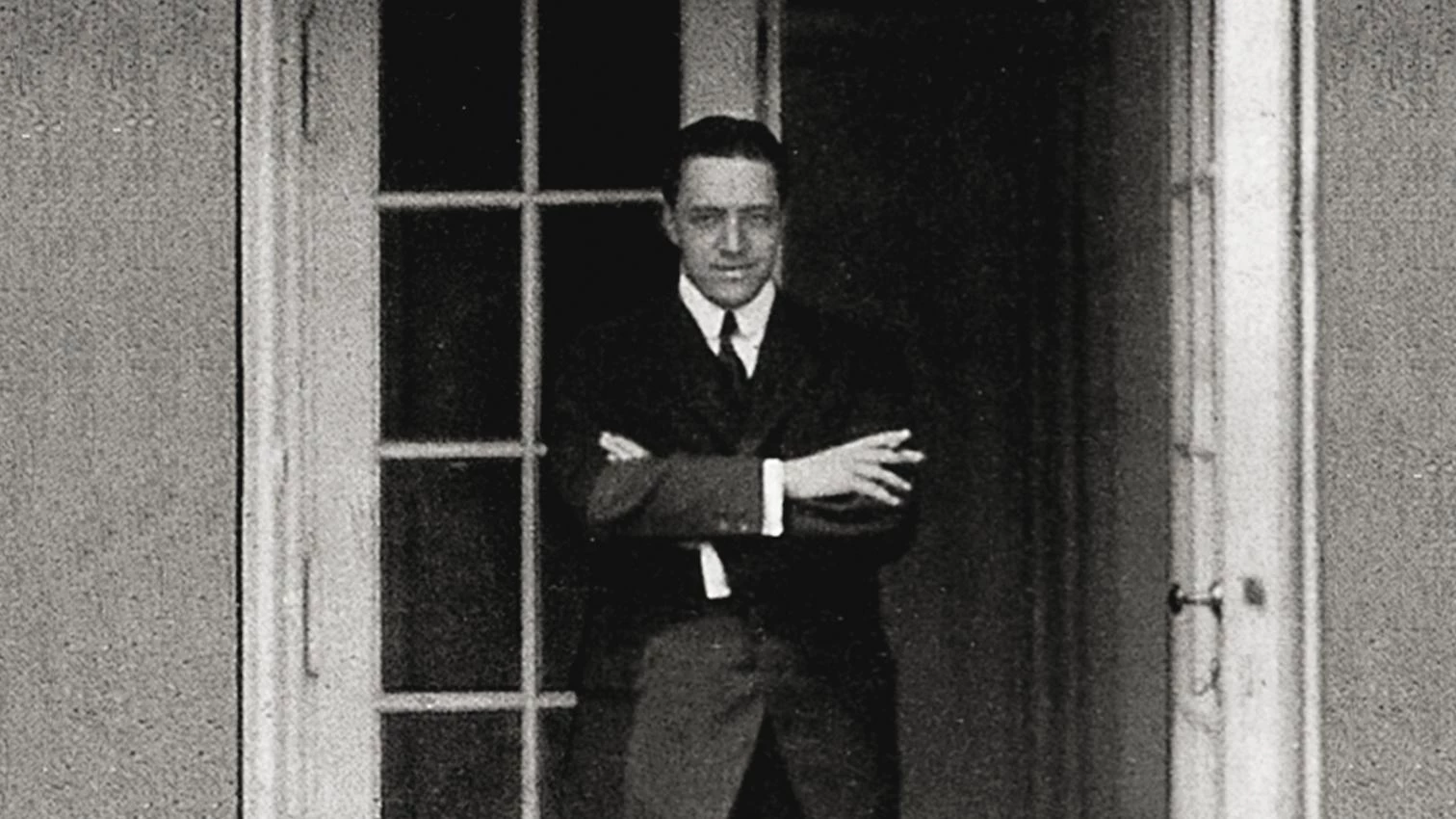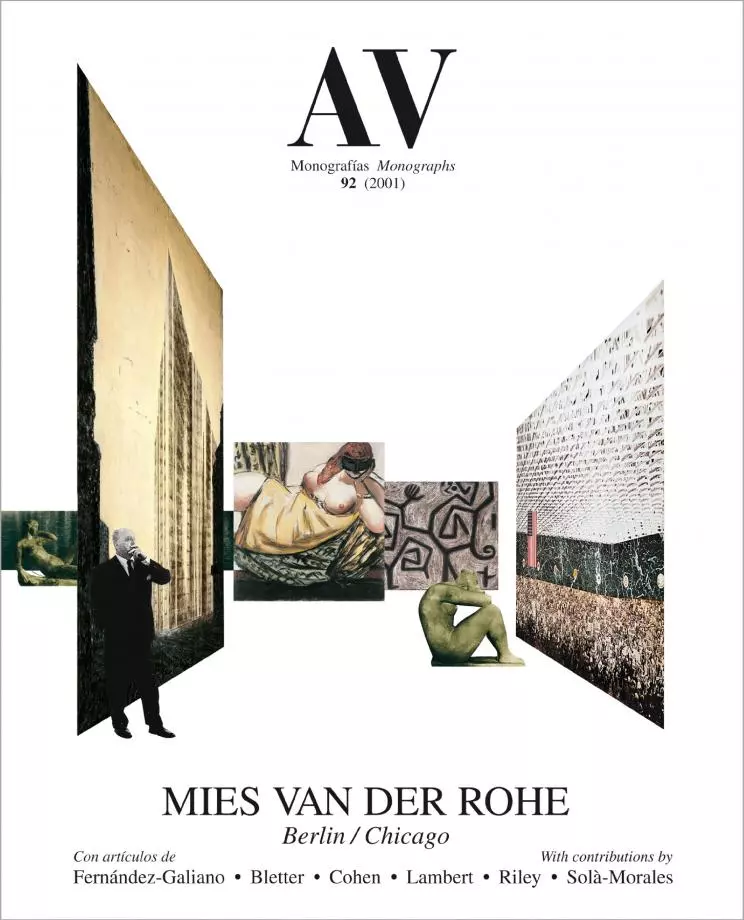Opening Movements
The Classicism of Wilhelmine Berlin

When in 1905 Ludwig Mies left his native Aachen for Berlin, he was nineteen years old and possessed already a good practical knowledge of materials and traditional construction techniques, an eye and hand admirably trained for drawing, and an unusual stubborn determination. Wilhelmine Germany translated its expansive economical and technical dynamism in rhetorical and opulent constructions, but Mies’s Berlinese masters, educated in the discipline of the decorative arts, practiced a hygienic and concise classicism. Bruno Paul, who in his drawings in Simplicissimus caricatured the Kaiser’s conservative taste, designed his houses in a rectilinear and refined Biedermeier style much opposed to the formal excesses of the ostentatious Wilhelmine historicism; and Peter Behrens, spearheading the dialogue of architecture with industry and handicraft, gave new life to the rigorous and elementary neoclassicism of the great master of Berlin, Schinkel. The first projects of Mies were indebted to this pragmatic classicism, slightly impregnated by romantic perfume, and in close consonance with the movements of renovation of house and garden which flourished in Germany at the dawn of the century... [+]





